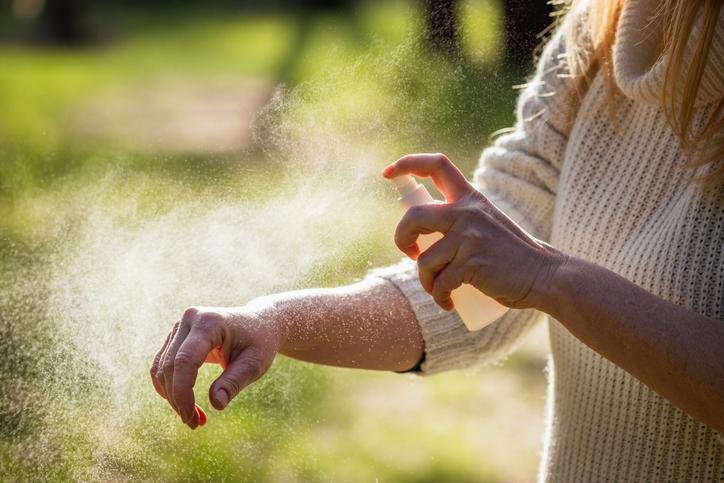15 января 2022
6 Causes of Eczema in Children


15 января 2022
6 Causes of Eczema in Children
## What is it?
Eczema is an inflammation in the upper layers of the skin. The disease is prone to relapses and affects the skin of the face, hands, feet, and other parts of the body, manifesting as itching, peeling, burning skin, small blisters, and pigmentation appear. To prescribe the most effective treatment, it is very important to determine what type your child has, and not to confuse eczema with atopic dermatitis.
## What are the different types?
__Dyshidrotic__: blisters appear filled with a clear fluid, usually on the sides of the fingers. The blisters can be either singular or combined in groups. After they burst, wet erosions appear. Most often occurs in children under 3 years of age.
__Dry__: characterized by excessive dryness of the skin, especially in the palm area and feet. Over time, it forms microcracks.
__Coin-like__: is so-called because plaques resembling a coin appear on the skin. They are wet, swollen, and covered with falling-off scales. The plaques appear on the back, buttocks, and legs. More common in older children.
__Microbial__: it is caused by microorganisms, such as Staphylococcus aureus and hemolytic streptococcus. It often appears in wounds and scratches that don't heal properly and haven't been treated for a long time. Asymmetric rashes appear on the skin of children, covered with greenish-yellow scales.
__Seborrheic__: the cause is a disorder of the neuroendocrine system. Scaly yellowish-red rashes appear on the scalp, face, and sometimes other areas. Accompanied by strong itching.
> By adolescence, the child's immune system becomes stronger and he or she may "outgrow" eczema.
## Why does it occur?
Most often the cause is=== genetic predisposition. In about 30 % of cases, the disease deals with allergies in nature. The disease may also cause viruses and infections, prolonged use of medications, dysbacteriosis, endocrine disorders, helminthiasis, excess or [lack](https://ul.orna.me/KOge/librarydisease?id=104) of vitamins, and significant stress.
[COVID-19](https://ul.orna.me/KOge/librarydisease?id=221) can also play a negative role, as frequent hand washing, constant use of sanitizers, and high levels of stress can exacerbate the issue.
__The most common triggers of eczema include the following__:
- Early introduction of new foods: try to breastfeed your baby for at least the first 6 months of his or her life so that his or her immune system builds up. The earlier you start introducing new foods, the greater the risk of an early [allerg](https://ul.orna.me/KOge/librarydisease?id=21)ic reaction.
- Allergen products in the diet of a nursing mother: if a woman breastfeeds her child, she should monitor her diet. It is important to exclude products that may have allergens including citrus fruits, chocolate, milk, eggs, soy, and wheat. Foods with preservatives and flavorings should be avoided.
- External allergens: contact with animal hair, down, bird food, and synthetic materials can be dangerous for the baby.
- Dramatic temperature changes: it is extremely dangerous for children prone to allergies to stay in the cold or hot sun for long periods of time.
- Contact with soap and chemicals: Use anti-allergenic cosmetics when choosing hygiene products, use special laundry detergent for washing children’s clothes.
- Colds and infections: medicines used to treat children may cause an allergic reaction — especially dangerous antibiotics. Therefore, the baby should be protected from colds.
## How to alleviate eczema
Elimination of irritating factors, the right therapy, and proper skincare will help the child get rid of unpleasant symptoms of the disease. To relieve symptoms, doctors often recommend baths with special products for sensitive skin and the use of emollient creams.













